Cemeteries serve as a final resting place for our loved ones, honoring a collective memory of past generations and offering educational insights into local history, genealogy and cultural practices.
But as time goes on, it’s not uncommon for older headstones to begin to deteriorate, crack or crumble, especially if they’re made of porous materials like sandstone, marble or limestone. It’s also possible for older cemeteries to experience sunken headstones, crooked rows of memorials or unkempt landscaping.
Cemeteries that face these issues often look for cemetery restoration services to clean, realign, or fix broken headstones, or reset foundations, re-level graves, or relocate monuments and statues. But cemetery restoration projects can range $5,000 to $250,000—a price tag that might be unaffordable for some.
Luckily, cemeteries aren’t necessarily expected to pay or raise money for restoration projects themselves. There is generally money available from city street and road budgets, from surrounding universities if their grounds are used for historical education purposes, and cemetery restoration grants.
Continue reading as we explore how to apply for and receive cemetery restoration grants.
Who Is Eligible for a Cemetery Restoration Grant?
Eligibility for cemetery restoration grants can vary depending on the specific criteria set by the granting organization or government entity. However, here are common factors that may influence eligibility:
- Municipalities. Local governments and municipalities responsible for cemetery maintenance may qualify for grants, especially if the cemetery is a public asset with historical or cultural importance.
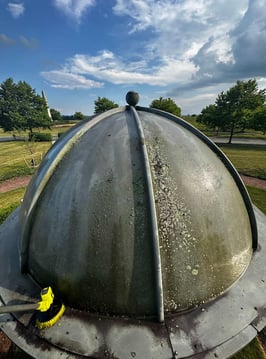
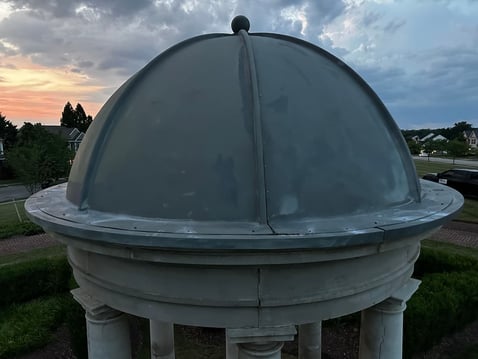
- Nonprofit organizations. Many grants are available to nonprofit organizations, including historical societies, preservation groups or community organizations dedicated to cultural heritage.
-
Government entities. Some grants may be open to local, state or tribal government agencies responsible for maintaining cemeteries with historical or cultural significance.
-
Religious organizations. Religious organizations that own and manage historic cemeteries may be eligible for grants, particularly if the cemetery is considered a cultural or community asset.
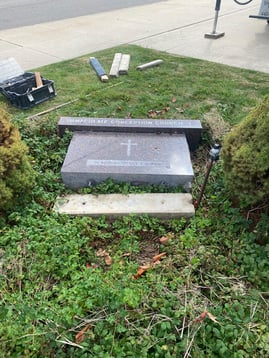
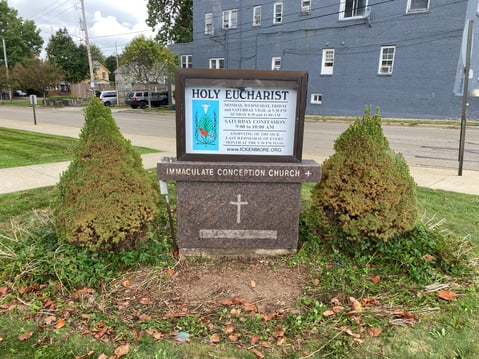
- Educational institutions. Universities, colleges and schools that are actively involved in historical or archaeological research and preservation efforts related to cemeteries may qualify for certain grants.
- Individual landowners. Some grants may be available to private individuals who own historic cemetery sites, particularly if the cemetery is open to the public and considered culturally or historically valuable.
Regardless of the type of organization, all applicants must generally demonstrate alignment with the specific goals and priorities outlined in the grant guidelines. This may include showcasing the historical or cultural significance of the cemetery, providing a detailed project plan, and illustrating community support.
>>> Related resource: Why You Should Invest in Cemetery Restoration
Step 1: Research Grant Opportunities
Conducting thorough research to identify suitable grant opportunities for cemetery restoration is an important first step. To begin, clearly define the specific needs and goals of the cemetery restoration project, such as headstone repairs, landscaping, historical documentation or educational initiatives.
Research opportunities using targeted keywords like “historic cemetery grants" or "cultural heritage preservation funding," and explore the websites of federal, state, and local government agencies responsible for cultural heritage, historic preservation, and community development. Online grant databases, such as Grants.gov and GrantStation, offer searchable platforms to discover a wide range of grant opportunities.
Step 2: Ensure Compliance With Grant Guidelines
Once you’ve identified a grant that aligns with your needs, review the eligibility criteria and guidelines to ensure that the proposed cemetery restoration project aligns with the goals and priorities of the granting organization. These guidelines contain crucial information about eligibility criteria, application instructions and the specific goals of the grant program.
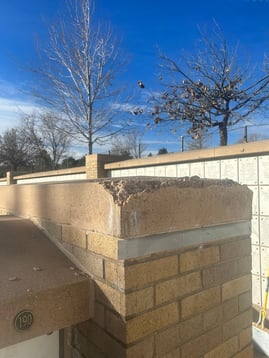
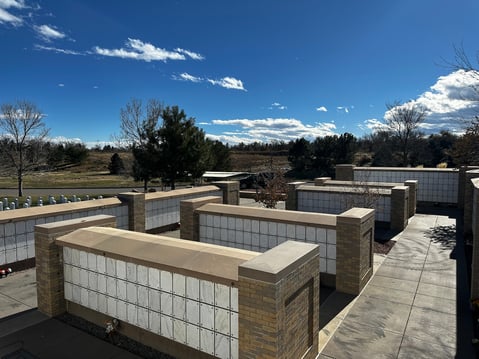
Since some grant applications can be lengthy, it can be helpful to create a comprehensive checklist based on the guidelines. Break down the requirements into a list of tasks to ensure that each element is addressed during the application process.
Step 3: Document Eligibility and Begin the Grant Application
Clearly establish and document how your cemetery restoration project aligns with the eligibility criteria outlined in the guidelines. Provide evidence and details to support your eligibility, emphasizing the cultural, historical or community significance of the cemetery.
Identify all the components required for the application, such as:
- Project narratives
- Budgets
-
Letters of support
-
Any required supplementary material
Application tip: Tailor your application to directly address each criterion, emphasizing the strengths of your project in relation to the grant's objectives. Pay close attention to formatting requirements, including font size, margins and file formats.
I Received a Cemetery Restoration Grant. Now What?
After your cemetery restoration grant application is accepted, a series of steps typically follow to ensure that the funds are used effectively and the project progresses smoothly. This might include a grant award notification, signing the agreement and finally, disbursement of funds.
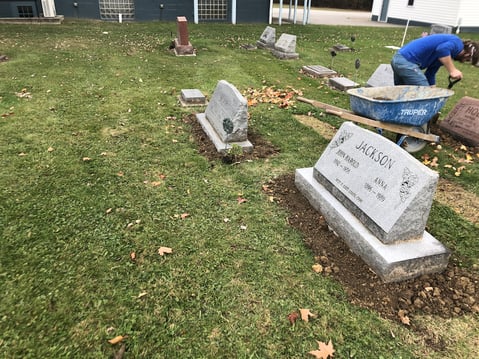
Most granting organizations require regular monitoring and reporting on the progress of the project. This may involve submitting progress reports, financial statements and other documentation specified in the grant agreement. Throughout the project, it's crucial to adhere to the guidelines and requirements set by the granting organization. Failure to comply with these guidelines may jeopardize the grant funding and future eligibility for grants from the same organization.
It’s also equally as important to choose to work with a reputable cemetery restoration provider to not only ensure guidelines are met throughout the project, but also to help you return your cemetery back to its original beauty.
>>> Related resource: View our cemetery restoration gallery.
Request a Quote for Restoration Services
Milano Stone & Restoration has over 50 years of experience in stoneworking and memorial restoration and cleaning. We are one of the few stonework providers in Ohio that offer full cemetery restoration services and have worked with a variety of cemeteries and community parks across the nation to restore their headstones and monuments back to near-original condition. Take the first step to restore your community’s cemetery by contacting our team today.





